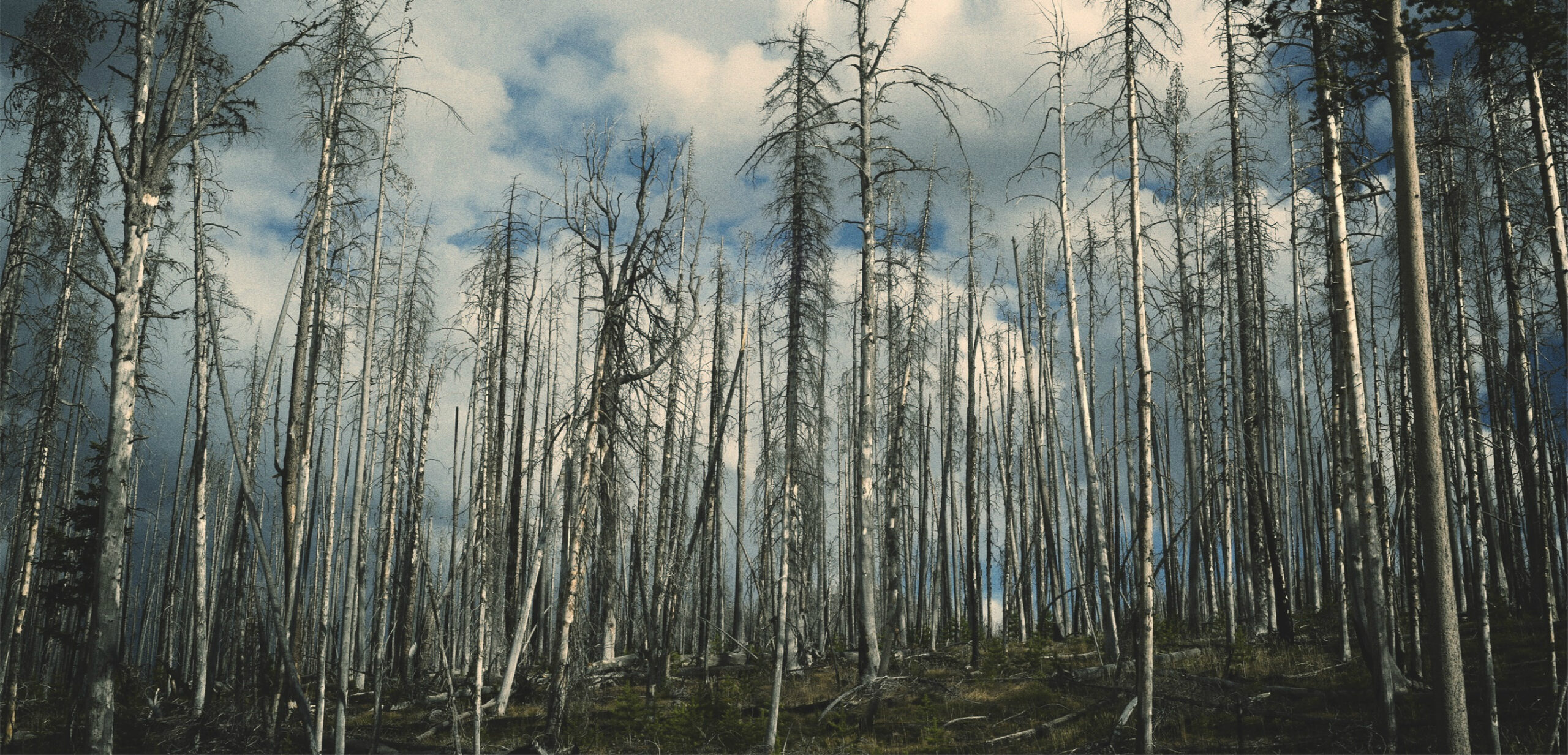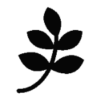Tree Killers
What are the invasive species threats to trees? This resource discusses some of the biggest tree killers in Canada.
View our other resources here:
Tree Canada resources →

What are the invasive species threats to trees? This resource discusses some of the biggest tree killers in Canada.
View our other resources here:
Tree Canada resources →
An invasive species is a plant, animal or disease moved to a new region where it damages native habitats or kills native species. They reproduce quickly, spread widely, and tolerate a range of conditions. The worst impacts occur when an invasive species is moved into an area without its natural predators that normally keep it in balance in its native habitat. This movement is almost always caused by human activity.
Diseases and insects kill trees directly by blocking or consuming plant tissues used for water and nutrient transport. Vines can physically smother trees and saplings, robbing them of sunlight and nutrients. Other invasive shrubs and plants can crowd out tree seedlings and saplings growth. Still, some plants release toxic compounds into the soil.
Quite frequently, invasive species first show up in, or adjacent to urban areas or other ports of entry. In many cases, wood crate packaging may contain exotic insects. Shipments of nursery stock may introduce the plant or a disease as do movements of fruits and vegetables which may transfer disease. Frequently, transporting firewood may introduce insects or disease and even the movements of people and pets may inadvertently transfer seeds.
As world commerce increases, so do the number of species moved into new areas. Most invasive species thrive in disturbed habitats such as those found in urbanizing areas. As well, logging and forest clearing areas can leave the remaining trees more vulnerable to invasives. Once established, most invasive species are very difficult to eliminate. Canada’s extensive forests, especially those in proximity to urban areas are threatened by the same factors as elsewhere in the world.
Early detection allows time for control efforts (e.g.: the forklift operator in a Toronto-area warehouse who noticed the first Asian Longhorned Beetle in Ontario gave agencies time to respond and contain the insect). Awareness of the known pathways reduces spread of invasives (e.g. fuelwood sellers need to know not to move ash firewood from areas infested by the Emerald Ash Borer and residents with Dutch Elm Disease affected elm trees should remove and destroy them as soon as possible).
Use the search tool below to research known invasive species in Canada and help identify and prevent these outbreaks in your area.
Broadly speaking, there are 3 categories of invasive species that are threats to trees in Canada: insects, diseases and plants.
Insect Management in Canada’s Forest Sector: Strengthening National Cooperation Against Current and Future Outbreaks ↓
Report of the Standing Committee on Natural Ressources (Feb 2019)


